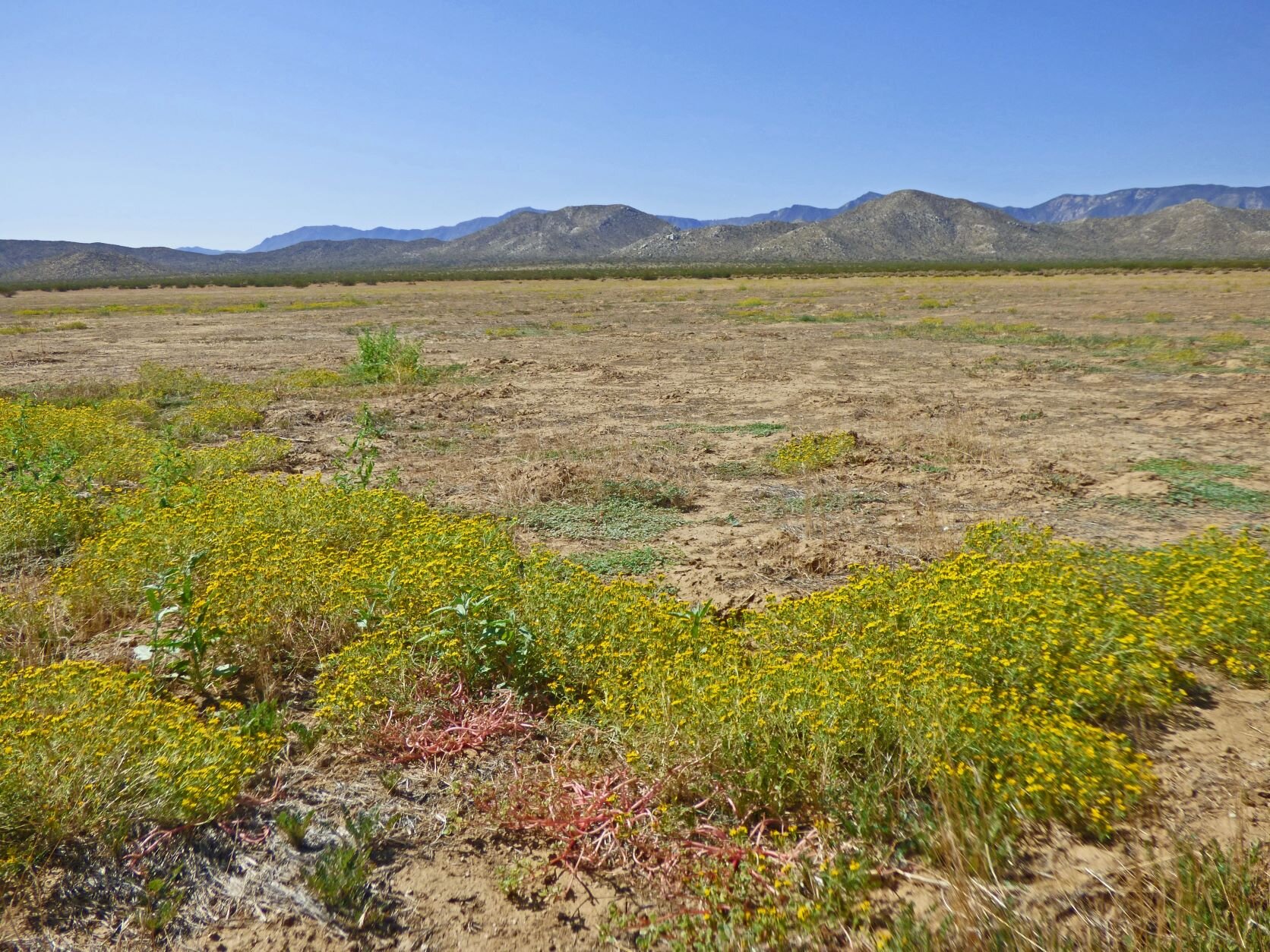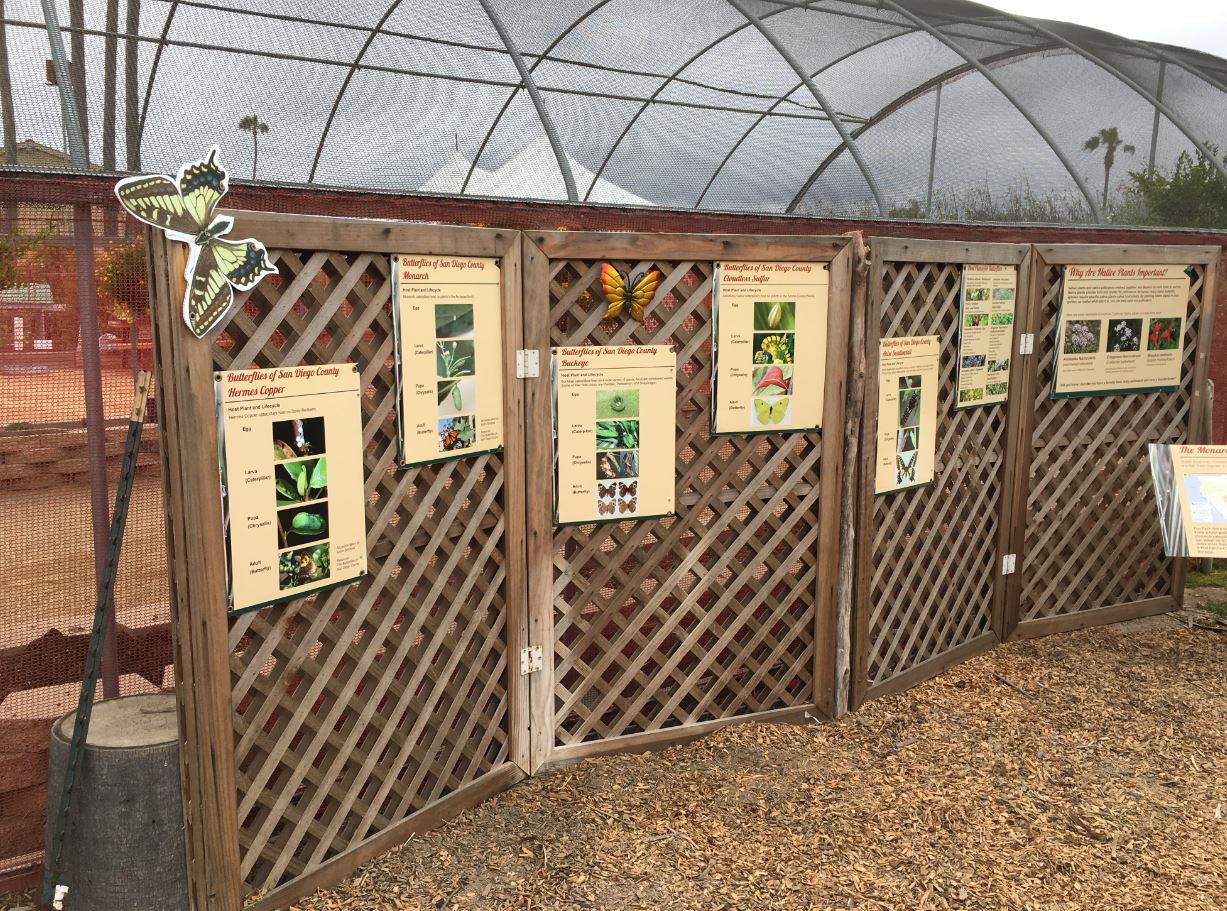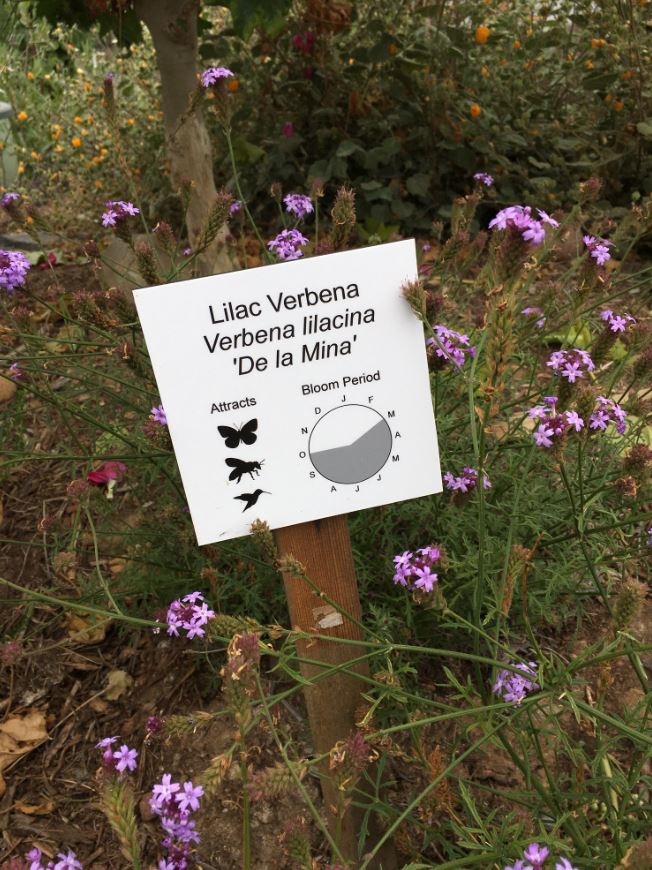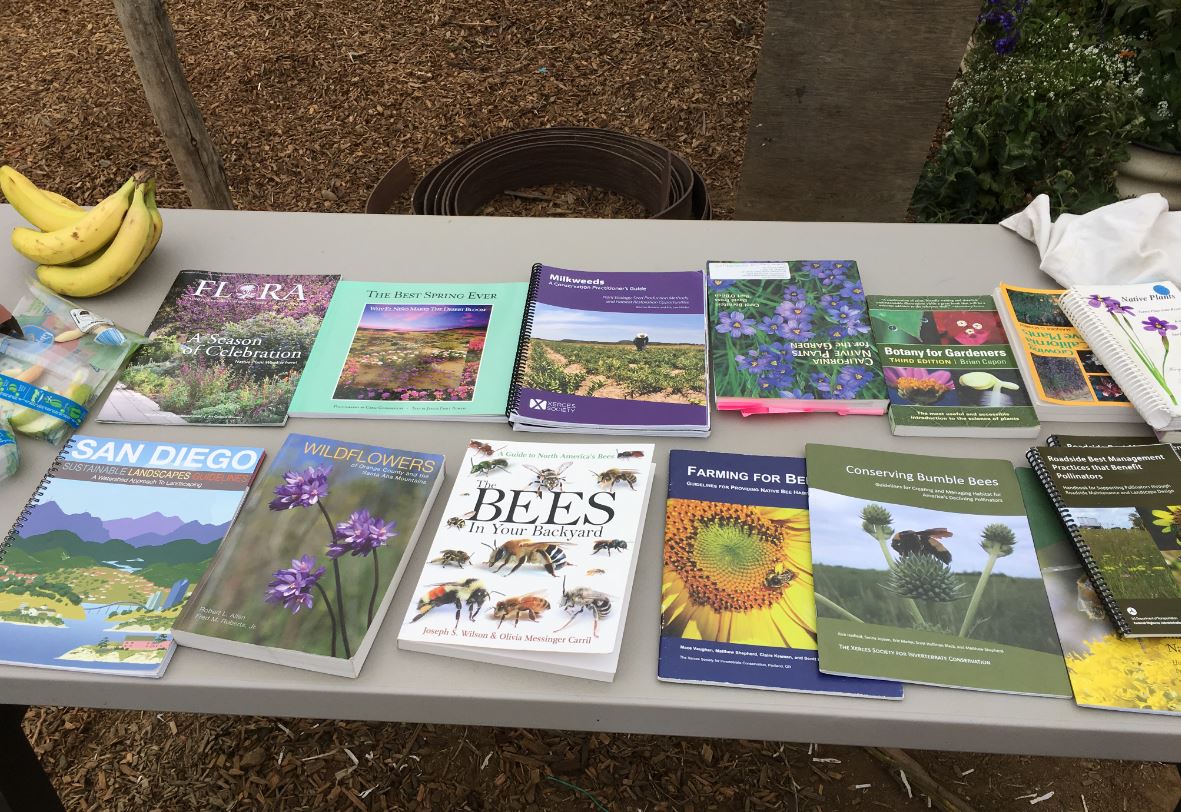By Frank Landis, Chair Conservation Committee
Halfway through the year, and no slowdown in sight. I don’t really have a theme this month, other than an update on where CNPSSD conservation is at the moment.
• Thank you to those who donated to the CNPSSD legal fund. I’m going to keep begging for donations because, as you’ll see below, they’re likely to be needed. I don’t like writing this any more than you like reading this, but this year is, in bulk, a concerted attempt by moneyed interests to roll back the environmental gains of the last 50 years. We can’t assume anything is safe. If you can’t donate, come to meetings and speak up. If you can’t come to meetings, donate what you can to CNPSSD and other environmental groups.
• Bundling of County General Plan Amendments hasn’t gone away, as I’d fondly hoped it might. As I write this, Lilac Hills Ranch is going to the Board of Supervisors, with only trivial alterations to what we voted down in 2016. The County Planning Commission passed it straight through, even though County Planning had counseled that they needed to hear more testimony. If you haven’t contacted your county supervisor about this, please do so. The script is in previous newsletters, or you can contact me at conservation@cnpssd.org.
• Newland Sierra is set to be heard by the County Planning Commission June 28 and 29. Presumably by the time you read this, it will be on its way to the County Supervisors, since the majority of the County Planning Board right now approves projects no matter what testimony they get. More than other projects, there is well-organized opposition to this one, but like the others, it is likely to end up in court. It has all the same problems of putting expensive homes in high fire danger areas, degrading wildlife movement corridors and human movement corridors alike (in this case, the human corridors are Deer Springs Road and I-15), and the developer is from out of town.


















